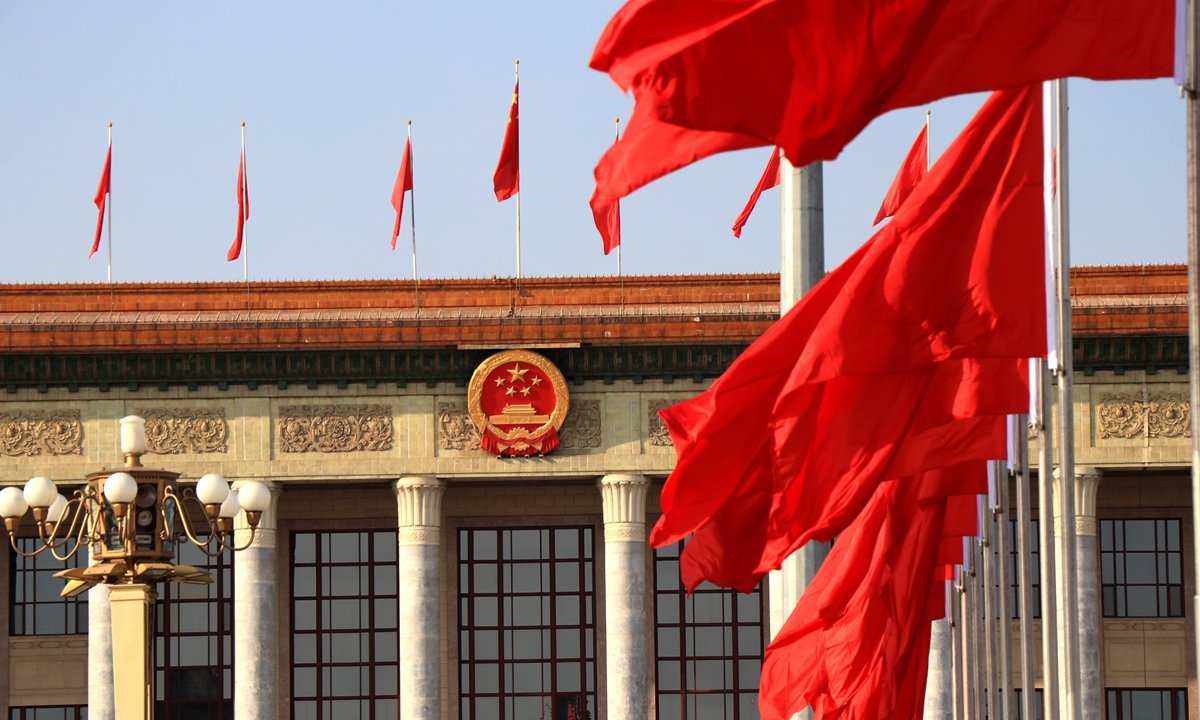By: Mr. Khalid Taimur Akram
Executive Director, Pakistan Research Center for a Community with Shared Future (PRCCSF), Islamabad
CPC Analyzes Economic Outlook and Sets Reform Agenda:
Beijing – On September 26, 2024, the Political Bureau of the Communist Party of China (CPC) Central Committee held a high-level meeting. Presided over by President Xi Jinping, the session focused on analyzing China’s current economic situation and outlining strategic policies for sustainable growth.
The meeting reaffirmed the CPC’s central role in shaping economic direction. It also emphasized the Party’s commitment to overcoming challenges while remaining optimistic about the country’s long-term prospects.
Balancing Macroeconomic Regulation and Reform:
China continues to prioritize macroeconomic regulation while advancing reforms and opening-up strategies. This dual approach supports domestic demand, enhances economic structure, and promotes new quality productive forces.
Leaders highlighted the nation’s broad market, strong resilience, and untapped potential. These factors remain unchanged and form the foundation of continued economic vitality.
In contrast to global economies facing stagflation or recession, China has maintained growth through pragmatic, well-calibrated policies. This consistency has allowed the country to transform from poverty to the world’s second-largest economy.
Fiscal and Monetary Adjustments to Drive Stability:
The meeting outlined targeted policies to meet economic and social development goals for 2024. Emphasis was placed on countercyclical fiscal and monetary tools, including:
-
Lowering reserve requirement ratios and interest rates.
-
Issuing long-term treasury and local government bonds.
-
Supporting public services and maintaining government functionality.
A key focus was real estate. Policies aim to reduce excessive supply, improve housing quality, and balance housing demand. This includes mortgage interest reforms and land-use regulations.
Reforms in the Stock Market and Private Sector Support:
China’s capital markets were also addressed. Long-term funds will be guided into stock markets, with reforms enabling greater participation by social insurance and investment funds.
Support for mergers, acquisitions, and publicly offered funds will be expanded. These reforms aim to boost market efficiency and protect smaller investors.
The meeting also emphasized the importance of supporting enterprises, particularly private businesses. Law enforcement, supervision, and a proposed Private Sector Promotion Law were discussed to foster a fair and growth-driven environment.
Encouraging Innovation and Expanding Consumption:
New business models, especially in elderly care and childcare, are being encouraged. Raising incomes for low- and middle-income groups is a priority to stimulate domestic consumption, a key economic driver.
Efforts to attract foreign investment, particularly in manufacturing, were also discussed. These measures support China’s goal of becoming a more competitive, open, and innovation-led economy.
Strengthening Social Stability and Livelihoods:
Ensuring social stability was a core focus. The meeting stressed:
-
Employment support for graduates, migrant workers, and low-income households.
-
Increased assistance for vulnerable groups including the elderly and disabled.
-
Stabilization of basic goods such as food, water, gas, and electricity.
-
Promotion of rural development and income generation.
These initiatives reflect China’s people-centered development model, which aligns growth with improved living standards.
Reinforcing Global Confidence in China’s Economic Future:
A central message from the meeting was building confidence in China’s economic resilience. The proactive, strategic leadership of the CPC reinforces China’s position as a pillar of global economic stability.
With a robust domestic market and deep international integration, China remains well-equipped to face global economic volatility. Its high-quality, long-term growth model offers reassurance and opportunity not only for domestic stakeholders but also for the global economy.





